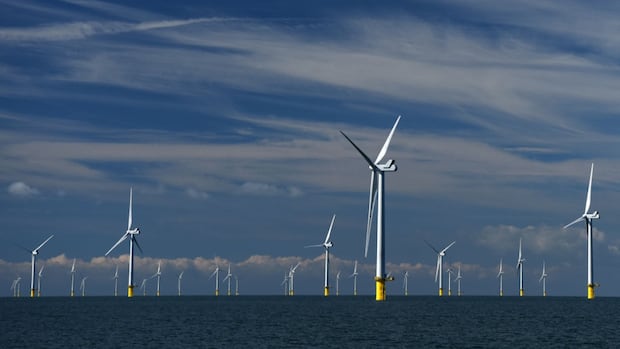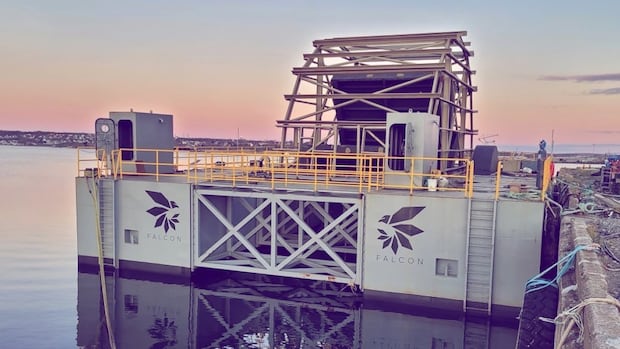N.S. ports need major upgrades to support offshore wind industry, study finds

Nova Scotia Ports Face Upgrades for Offshore Wind Industry Expansion
Ports around Nova Scotia are gearing up for major upgrades to support the booming offshore wind industry, as highlighted in a recent study conducted by Net Zero Atlantic. The study, led by Moffatt & Nichol, assessed potential port locations in Atlantic Canada, with a focus on five in Nova Scotia.
The proposed upgrades include building longer and stronger wharfs, infilling, and dredging the sea floor to accommodate the transportation of massive components and equipment needed for constructing and maintaining offshore wind farms. The estimated costs for these upgrades range from $135 million to $654 million for the Nova Scotia ports.
Sven Scholtysik, the research director for Net Zero Atlantic, expressed optimism about the results, stating that Atlantic Canada has ample space and existing port infrastructure that can be adapted for the offshore wind industry with additional investment.
The report outlines three scenarios for the development of offshore wind in Atlantic Canadian waters, with installed capacity projections ranging from 2.5 to 11.5 gigawatts by 2050. These scenarios necessitate the establishment of primary ports for construction support and additional ports for operation and maintenance.
While the study’s scenarios fall short of Nova Scotia Premier Tim Houston’s ambitious “Wind West” vision of generating over 40 gigawatts of energy from offshore wind, Scholtysik believes that the scenarios can be scaled up to accommodate larger turbine build-outs with more ports and increased investment.
Several companies, including NovaEast Wind, are eyeing offshore wind projects in Nova Scotia waters and have contributed to the study. Gerry Sheehan, NovaEast’s project director, emphasized the importance of upgrading port infrastructure to facilitate offshore wind development. Sheehan noted that the timelines outlined in the report align with NovaEast’s goal of installing turbines by 2032 or 2033.
As the industry moves forward, securing licenses from regulatory bodies like the Canada-Nova Scotia Offshore Energy Regulator will be crucial for project implementation. While developers are expected to cover port usage fees, the upfront costs of port upgrades may require a combination of public and private funding.
In conclusion, the push for port upgrades in Nova Scotia underscores the region’s commitment to embracing renewable energy solutions and supporting the growth of the offshore wind industry. With strategic investments and collaborative efforts, Nova Scotia is poised to become a key player in the transition to a more sustainable energy future.




